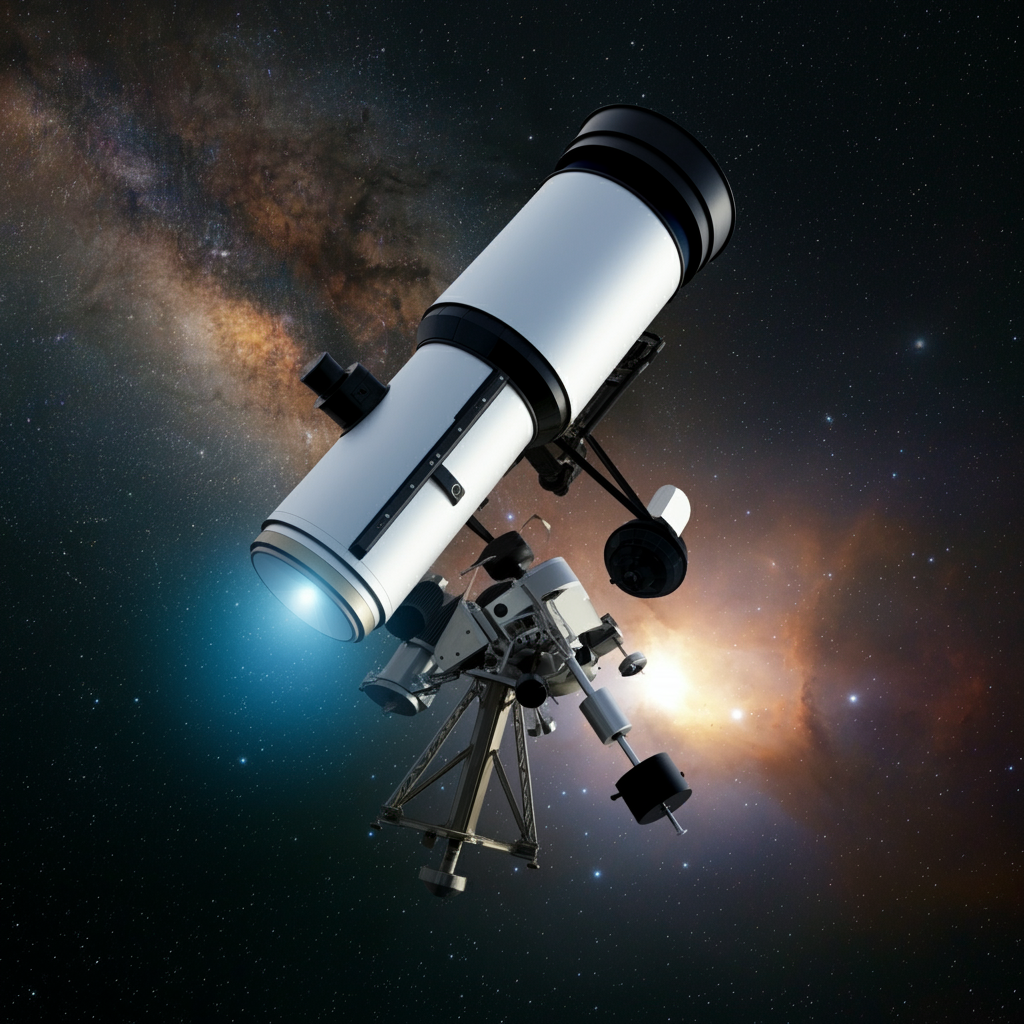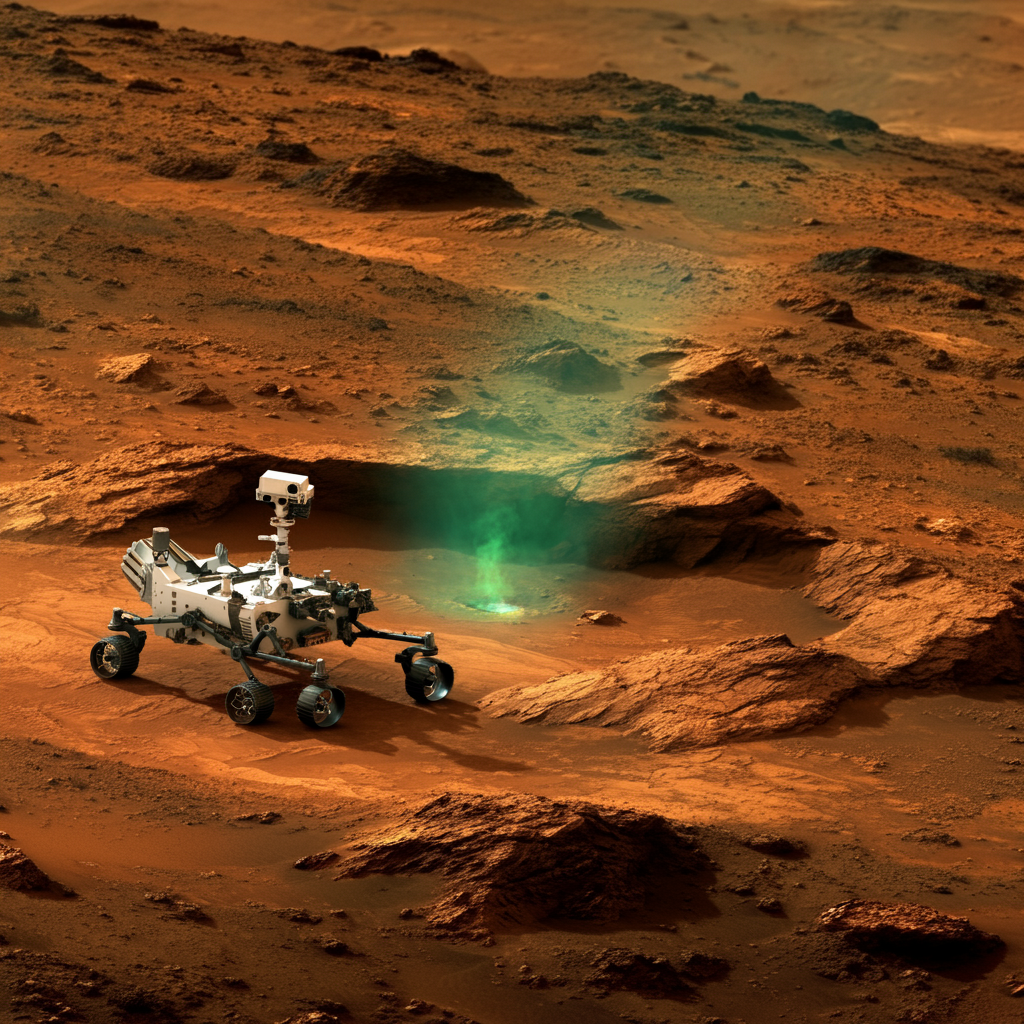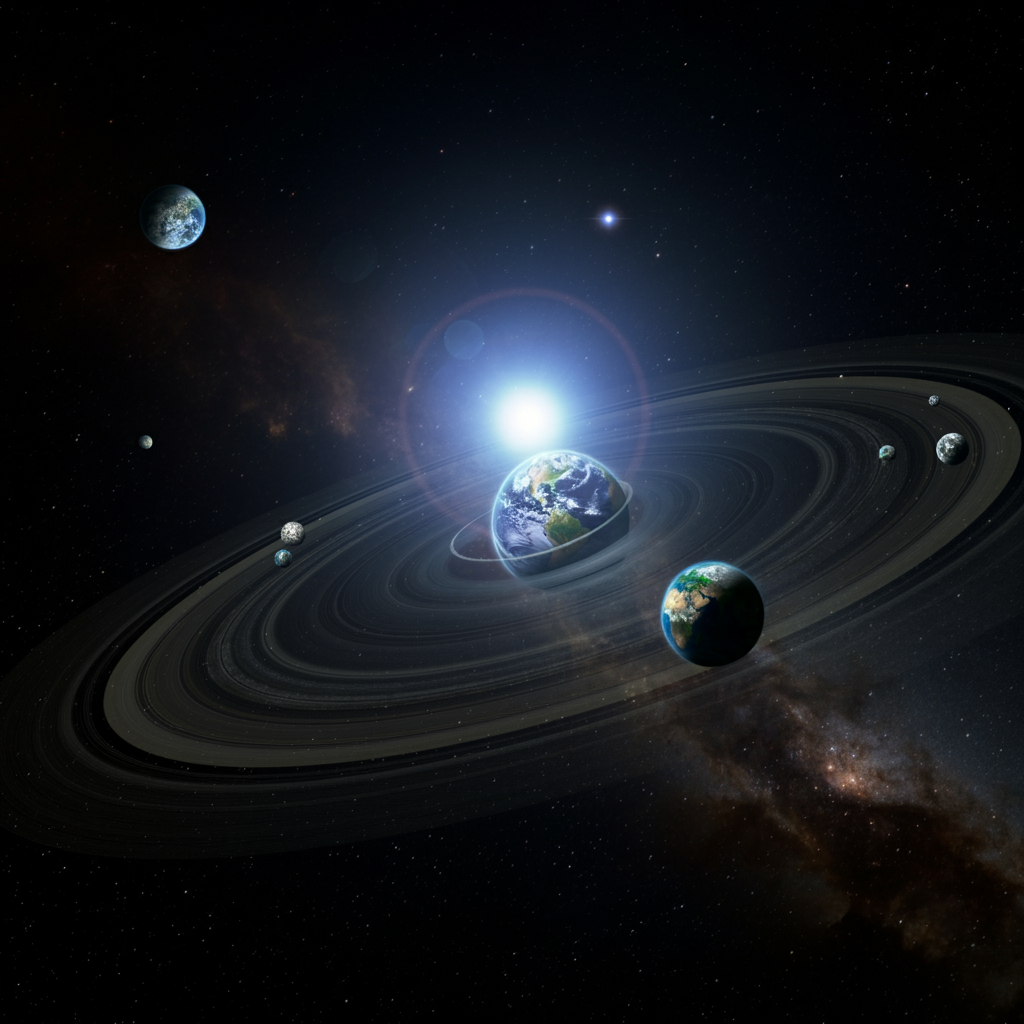Explore the intriguing question: Has NASA found aliens living in space? Discover the latest research, evidence, and theories surrounding extraterrestrial life
For decades, humanity has gazed into the cosmos, wondering if we are alone in the universe. NASA, the leading space exploration agency, has been at the forefront of the search for extraterrestrial life. While no definitive proof has been found yet, recent discoveries have fueled speculation that we may be on the verge of an extraordinary revelation. So, has NASA found aliens living in space? Let’s explore the evidence and the ongoing search for life beyond Earth.
The Quest for Extraterrestrial Life Aliens
NASA has been searching for signs of alien life for years, primarily through missions targeting exoplanets, Mars, and the icy moons of Jupiter and Saturn. With advanced telescopes like the James Webb Space Telescope (JWST) and exploratory missions such as Perseverance on Mars, scientists are continuously uncovering new evidence that could hint at life beyond our planet.

One of NASA’s most significant objectives is to locate biosignatures—chemical indicators of life. These include methane, oxygen, and other organic molecules that might suggest biological activity. Scientists believe that if alien life exists, it might be found in microbial form rather than intelligent civilizations.
Mars: A Potential Home for Microbial Life?
Mars has long been a prime candidate for extraterrestrial life due to its past and present conditions. NASA’s Curiosity and Perseverance rovers have been exploring the Martian surface, analyzing soil samples and searching for traces of ancient life.

In 2018, NASA confirmed the detection of seasonal methane spikes in Mars’ atmosphere. Since methane is often produced by biological processes on Earth, this discovery raised the possibility that microbial life could exist beneath the planet’s surface. Additionally, NASA’s Perseverance rover has been drilling into Martian rocks, looking for fossilized microorganisms that could confirm past life on the Red Planet.
The Mysterious Moons: Europa and Enceladus
While Mars has been a key focus, NASA has also turned its attention to the icy moons of Jupiter and Saturn. Europa, one of Jupiter’s largest moons, is believed to harbor a vast subsurface ocean beneath its thick ice crust. Similarly, Saturn’s moon Enceladus has geysers that spew water vapor into space, hinting at an underground ocean.

NASA’s upcoming Europa Clipper mission will further investigate whether these alien oceans could support life. If microbial life thrives in the deep oceans of Earth, it’s possible that similar life forms exist in Europa’s hidden waters.
The Discovery of Exoplanets
Beyond our solar system, NASA has identified thousands of exoplanets—planets orbiting stars outside our solar system. Some of these planets exist in the “habitable zone,” a region where conditions may be just right for liquid water to exist.

In 2017, NASA discovered the TRAPPIST-1 system, which has seven Earth-sized planets, three of which could potentially support life. More recently, the James Webb Space Telescope has begun analyzing the atmospheres of these distant worlds, searching for biosignatures.
The UFO Phenomenon and NASA’s Involvement
In recent years, NASA has also taken an interest in Unidentified Aerial Phenomena (UAPs), commonly known as UFOs. While these sightings remain unexplained, NASA launched an official study in 2022 to investigate whether these objects could have extraterrestrial origins.
Although most UAP reports have plausible terrestrial explanations, the agency acknowledges that some remain mysterious. NASA aims to bring scientific scrutiny to the phenomenon, ensuring that any potential extraterrestrial evidence is thoroughly analyzed.
Are We Close to a Breakthrough?
Despite the exciting discoveries, NASA has not yet confirmed the existence of alien life. However, the agency remains optimistic that advancements in technology and upcoming space missions will eventually provide an answer.
With future Mars missions, deeper exploration of Europa and Enceladus, and continued exoplanet research, we may soon uncover proof that we are not alone in the universe. Whether it’s microbial life hidden beneath Martian soil or advanced civilizations in distant galaxies, the search for extraterrestrial life continues to be one of NASA’s most thrilling pursuits.
Conclusion
While NASA has not officially confirmed the existence of aliens, the evidence gathered so far suggests that the possibility of extraterrestrial life is stronger than ever. From methane on Mars to the mysterious oceans of Europa, the hunt for life beyond Earth is intensifying. With each new discovery, we inch closer to answering one of humanity’s greatest questions: Are we alone in the universe?

